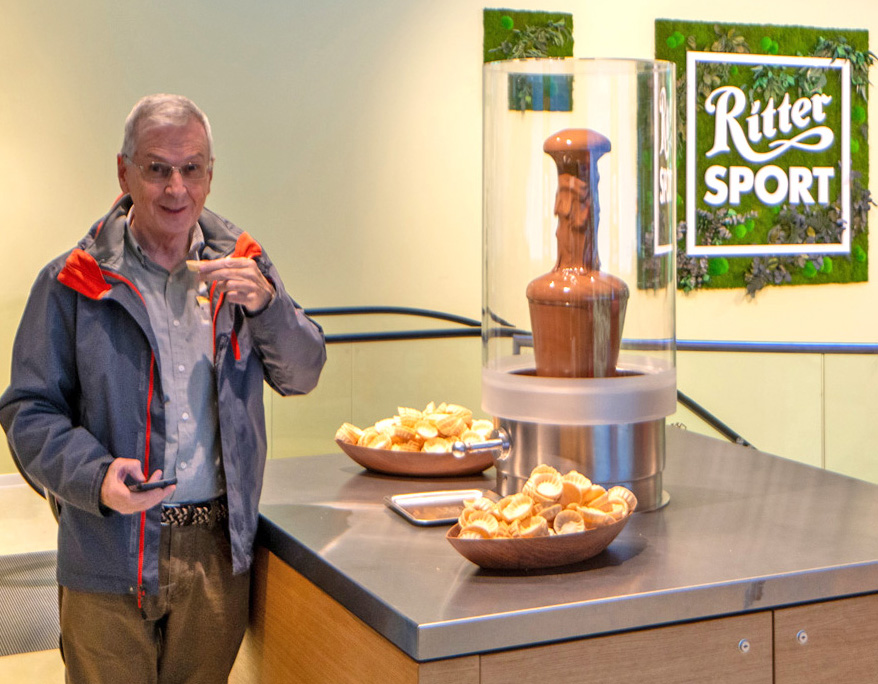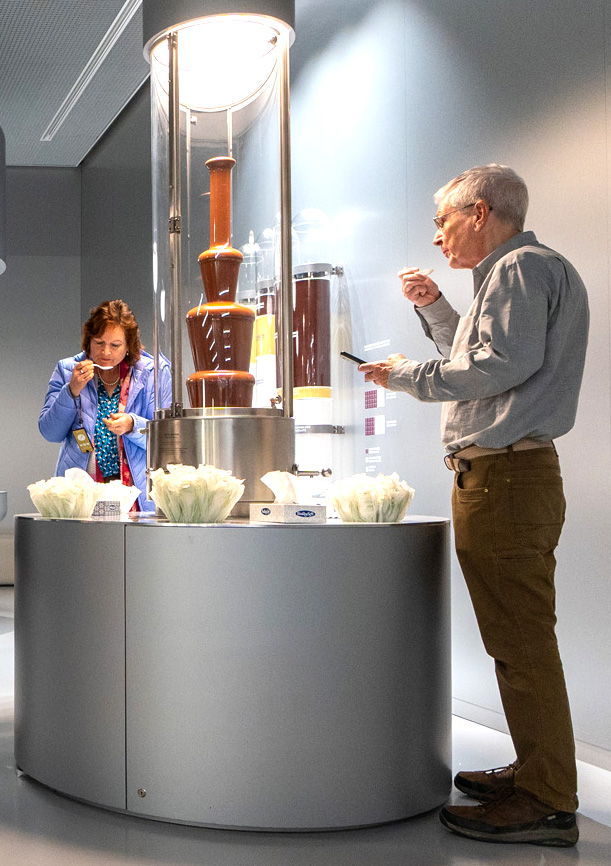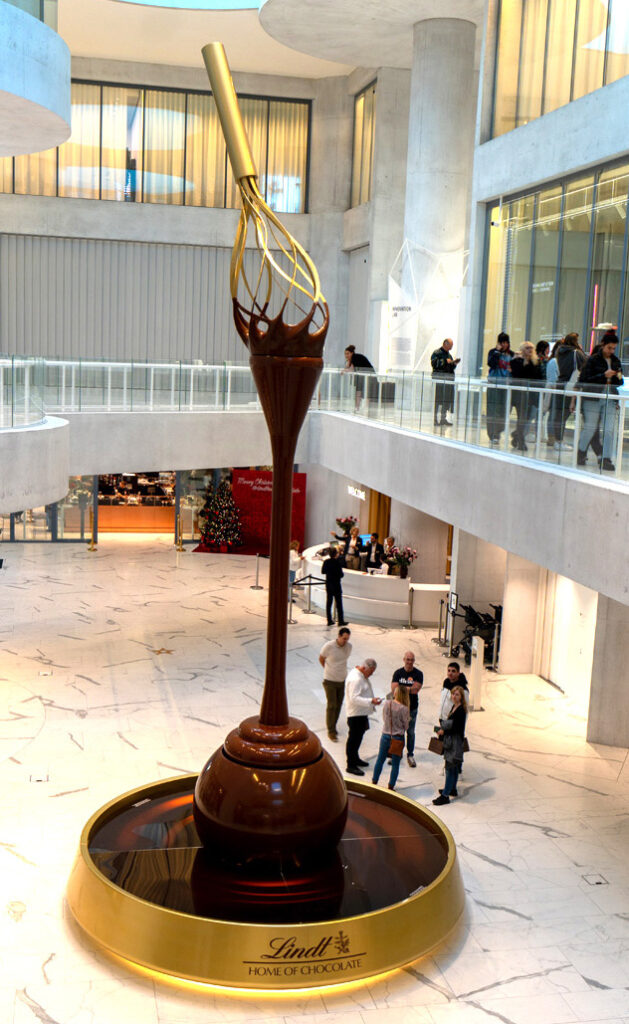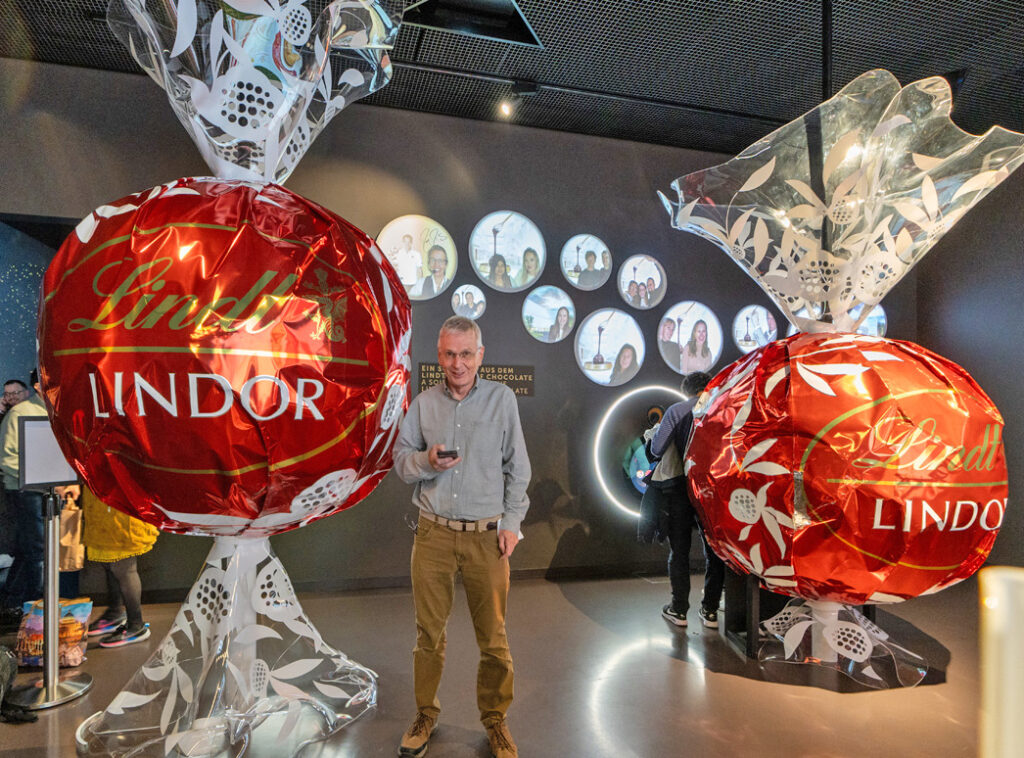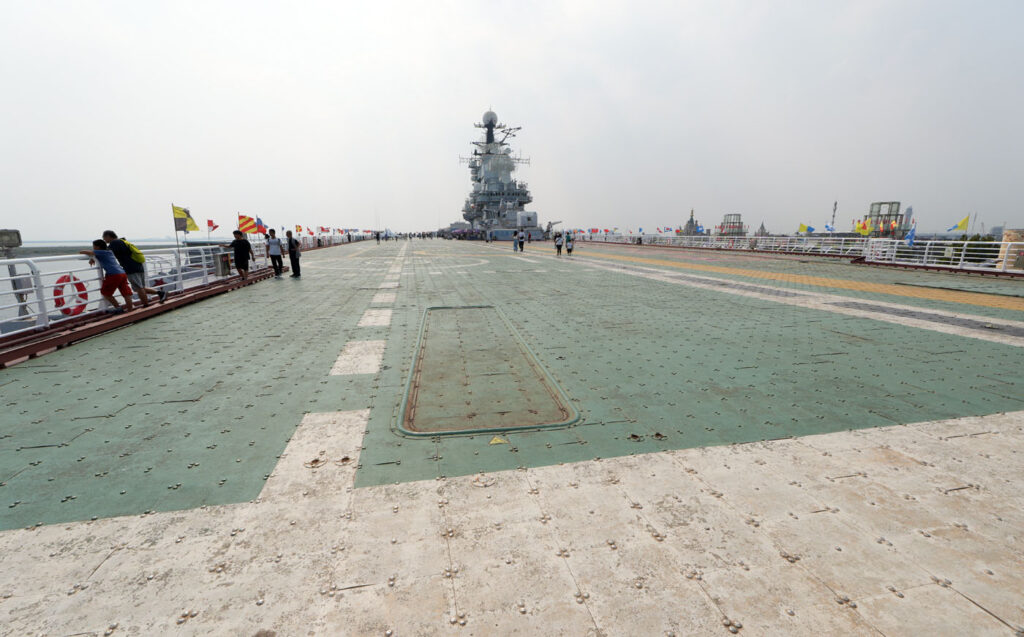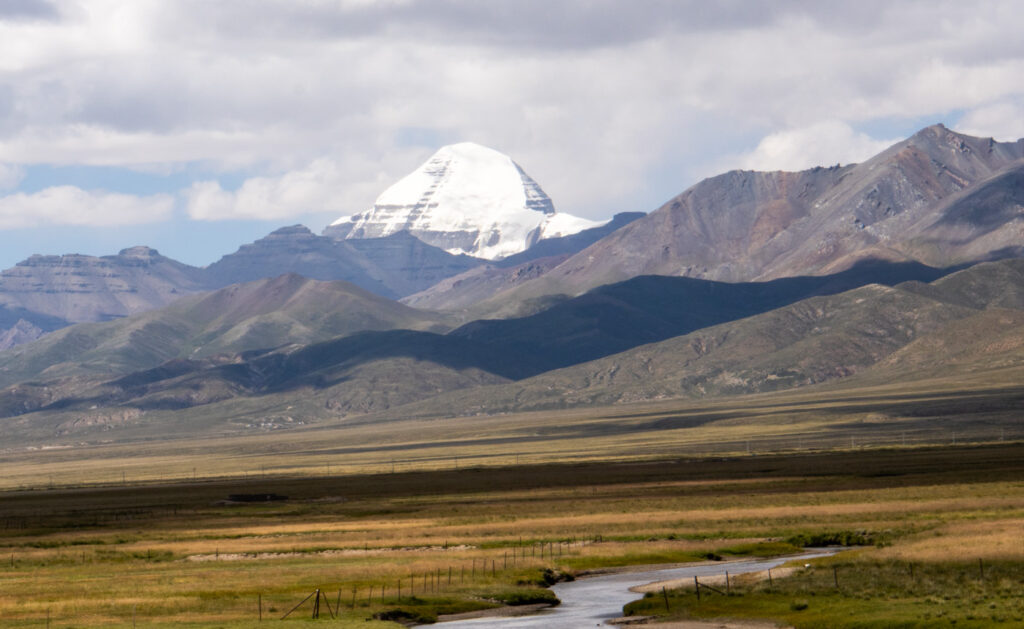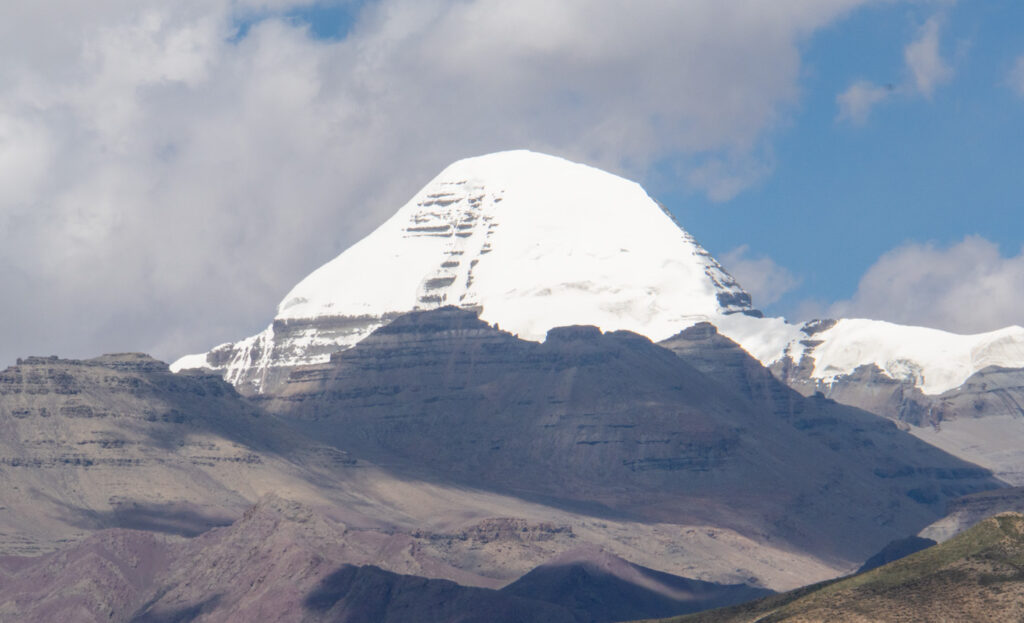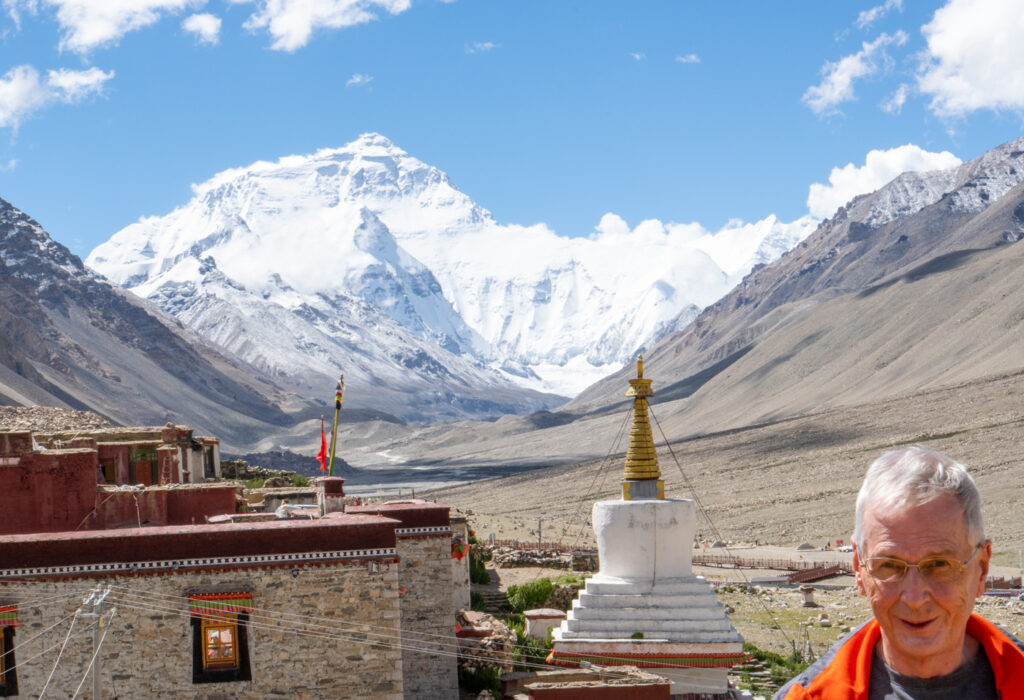 I’m in Thimphu, Bhutan, where I’ve been visiting the Royal Takin Preserve.
I’m in Thimphu, Bhutan, where I’ve been visiting the Royal Takin Preserve.
Takin are strange looking creatures. As every Bhutanese child knows, they were created centuries ago by Drukpa Kunley (aka the Divine Madman) who glued the head of a goat to the body of a cow. A fine combination to be sure!
Wild Takin are very shy of humans. But the Takin in the Preserve are placid and very used to posing for photos.
Apparently there was an attempt a few years back to close the Preserve and release the Takin back into the wild. Unfortunately no-one had consulted the Takin, who did not approve. They rather liked the idea that human servants should provide them with food and so they made a nuisance of themselves wandering around Thimphu looking for hand-outs. So the Preserve was re-instated. And the Takin have now been blessed with an excellent coffee shop too.
